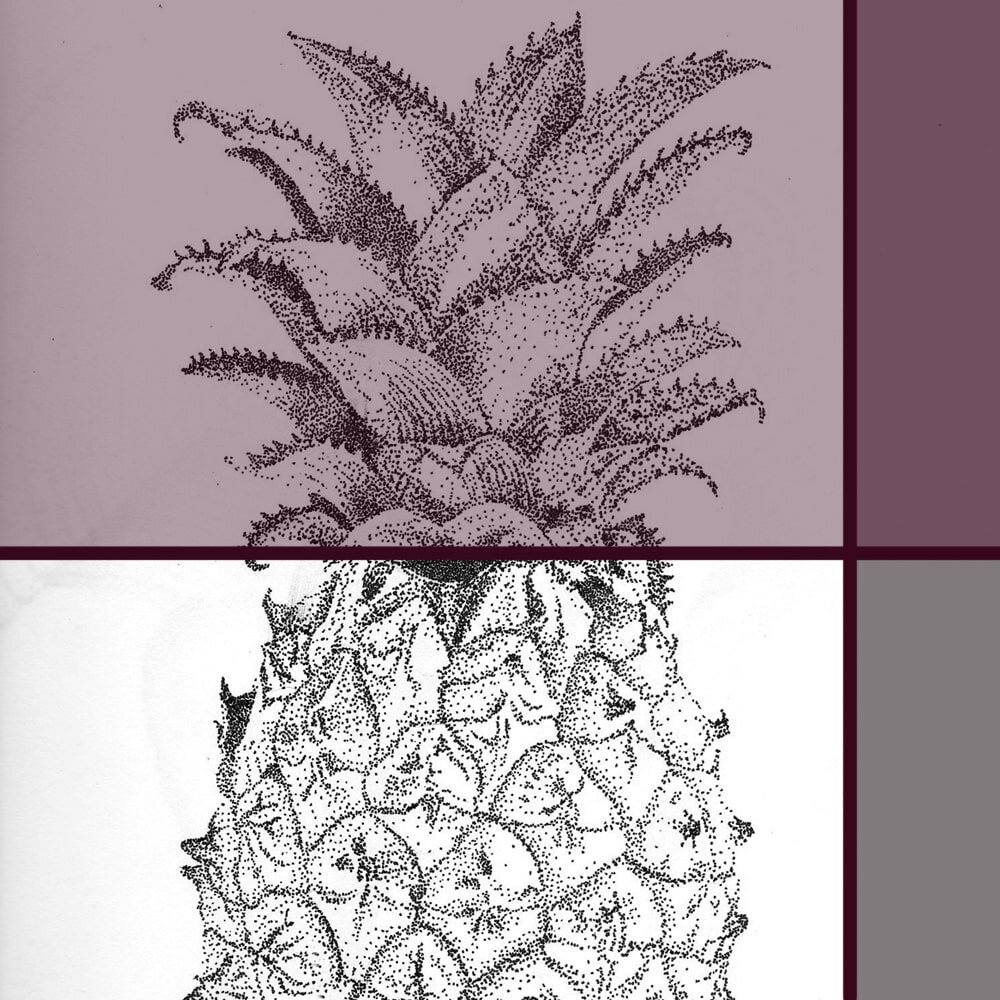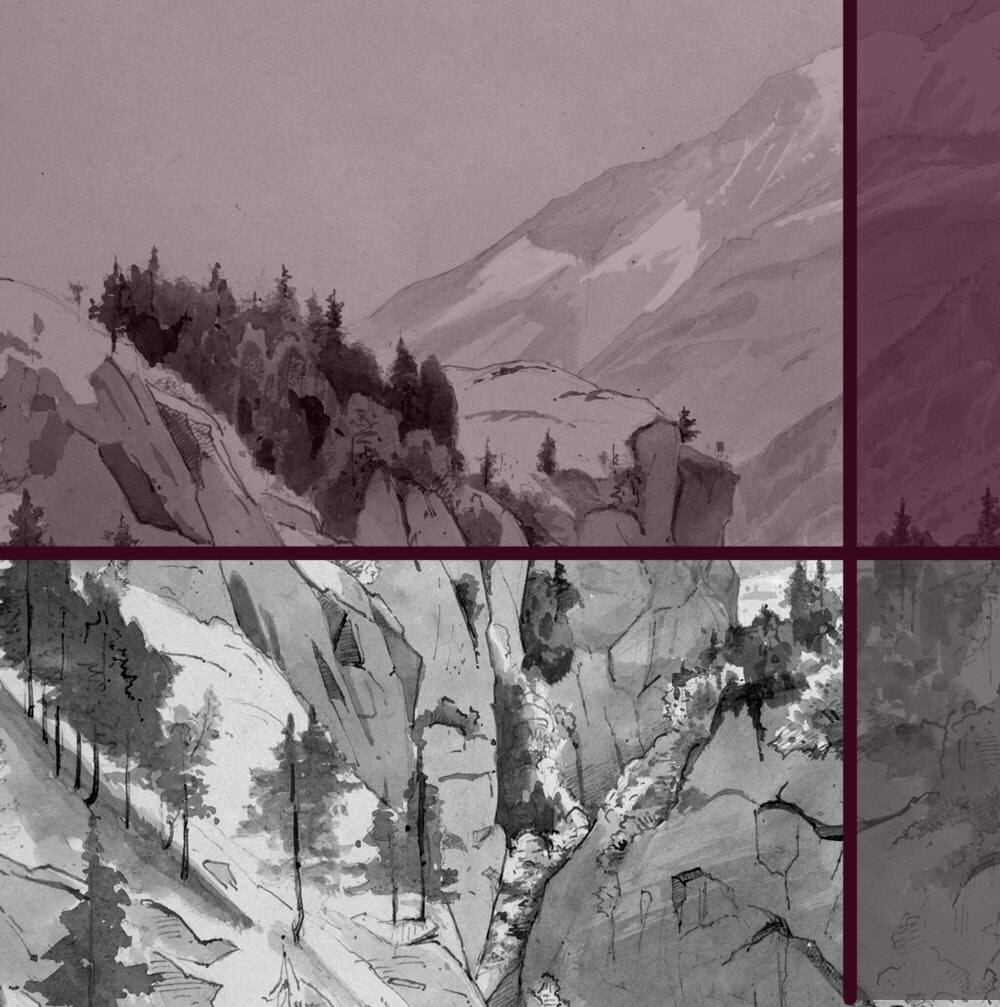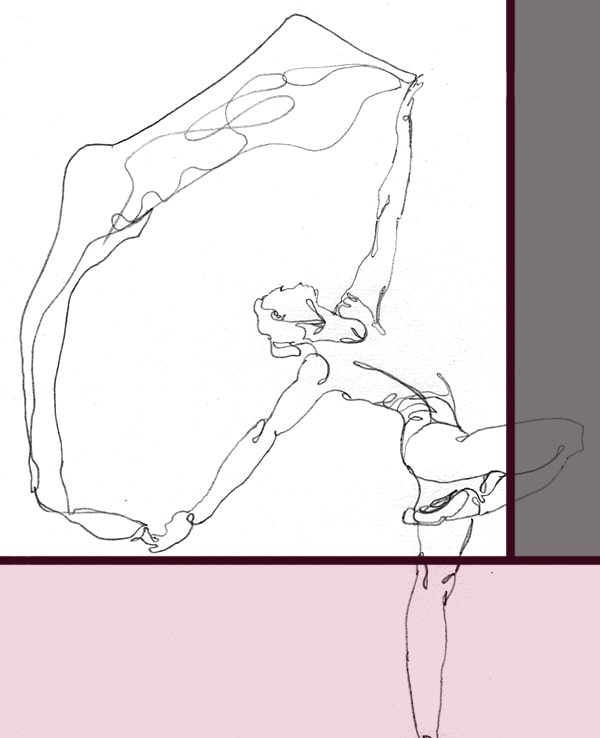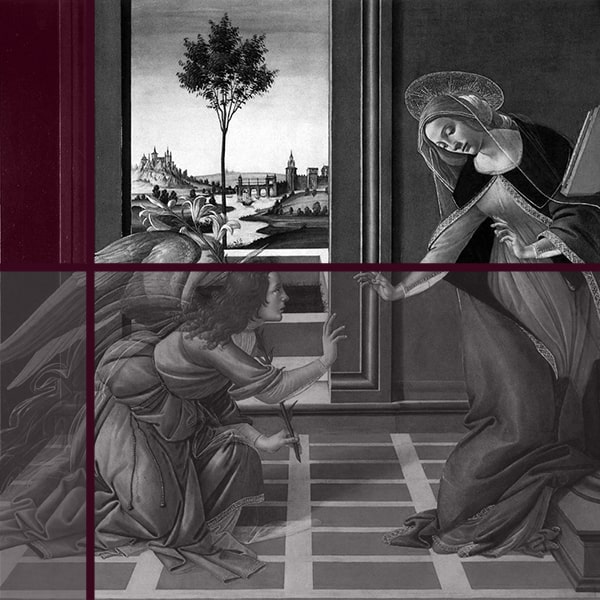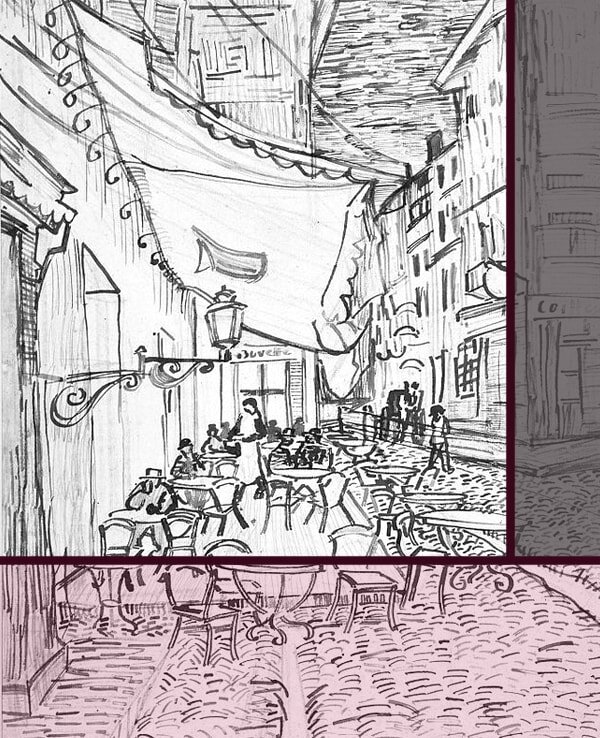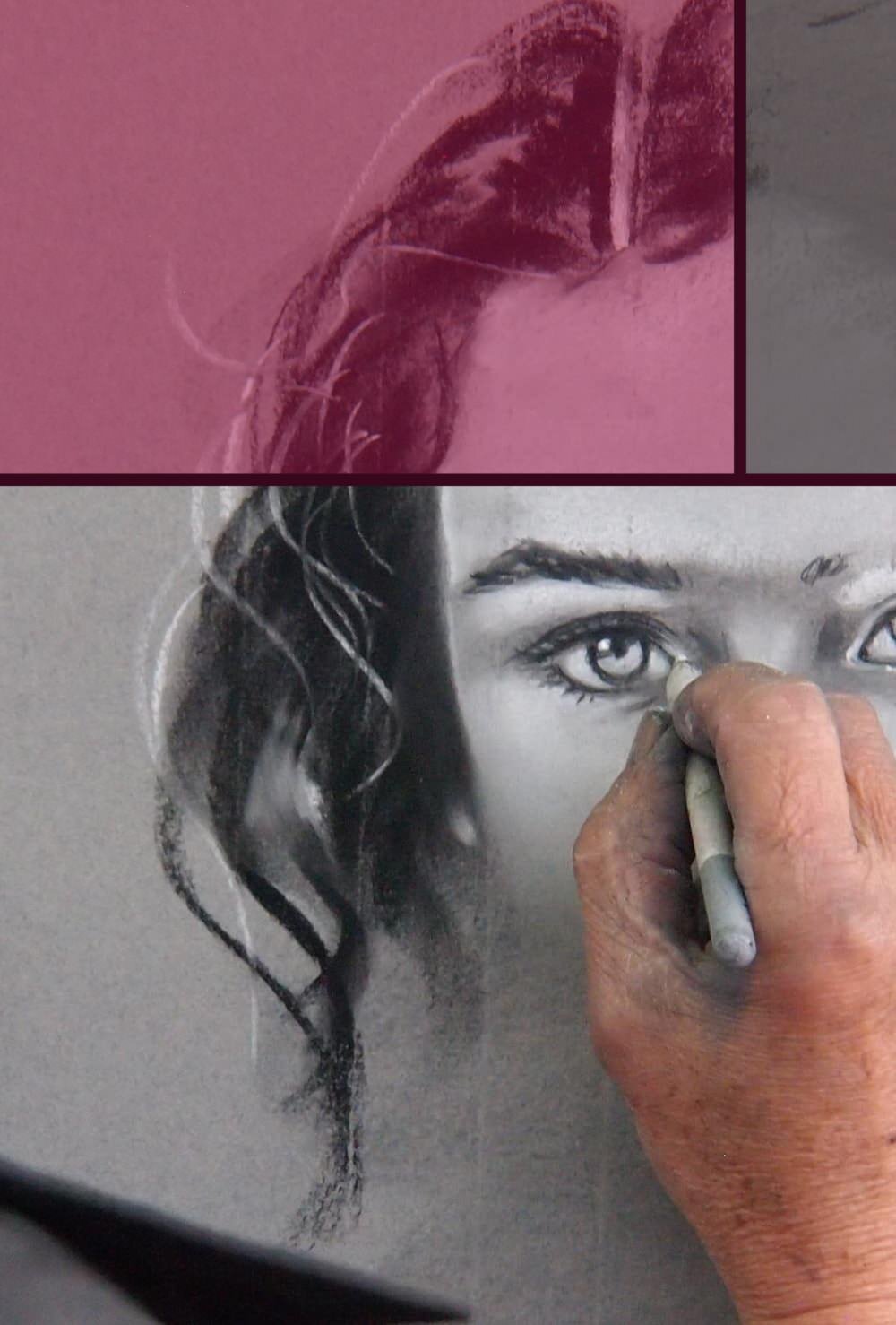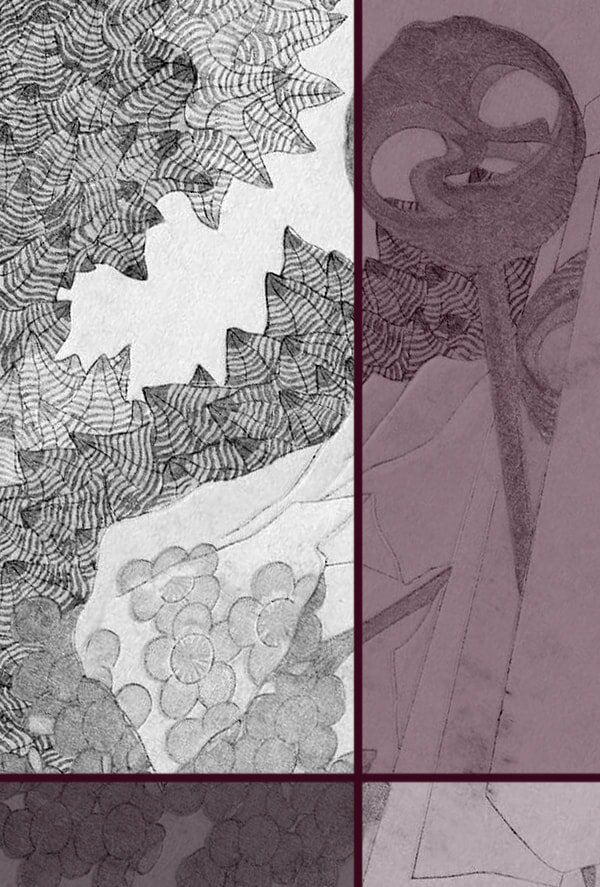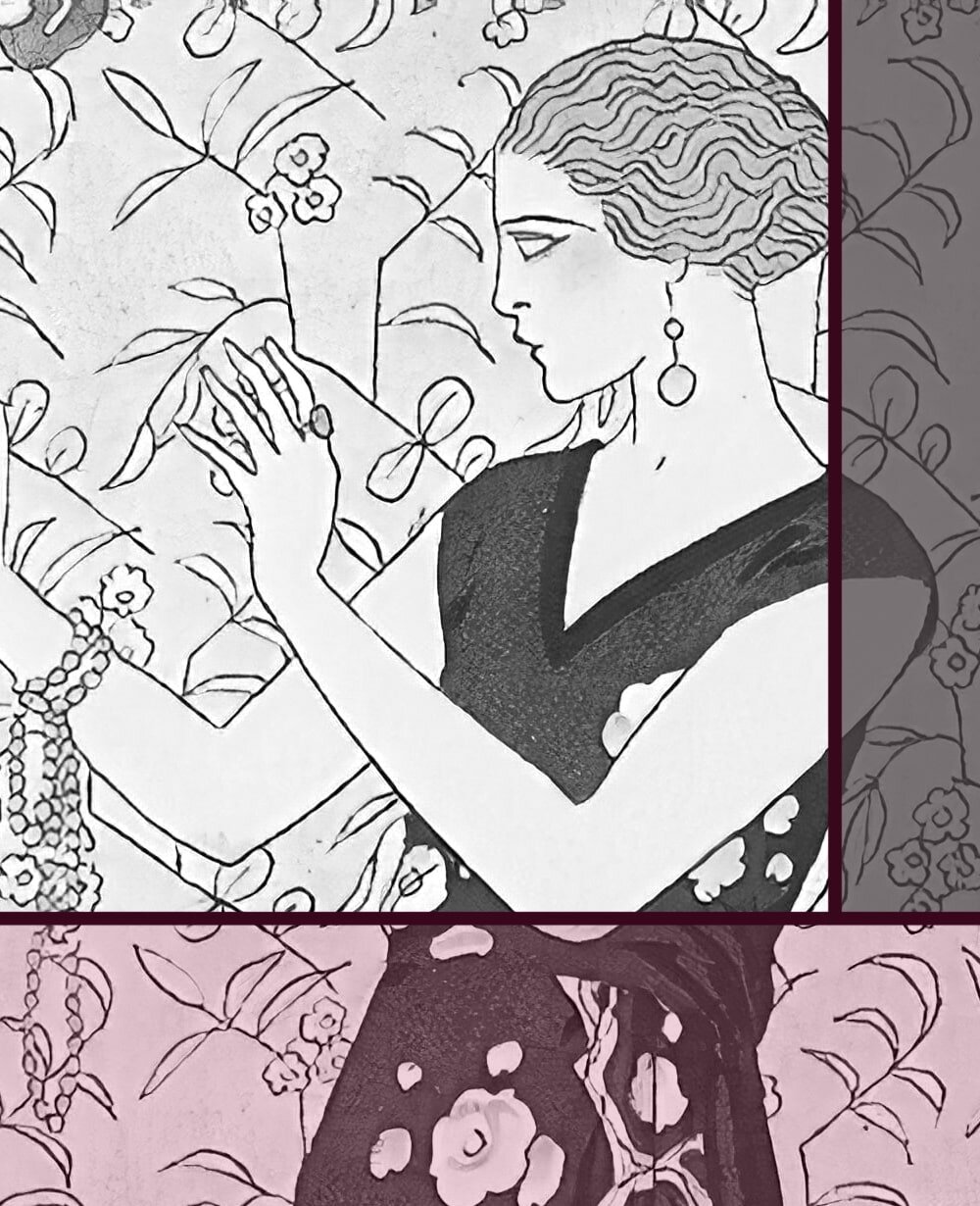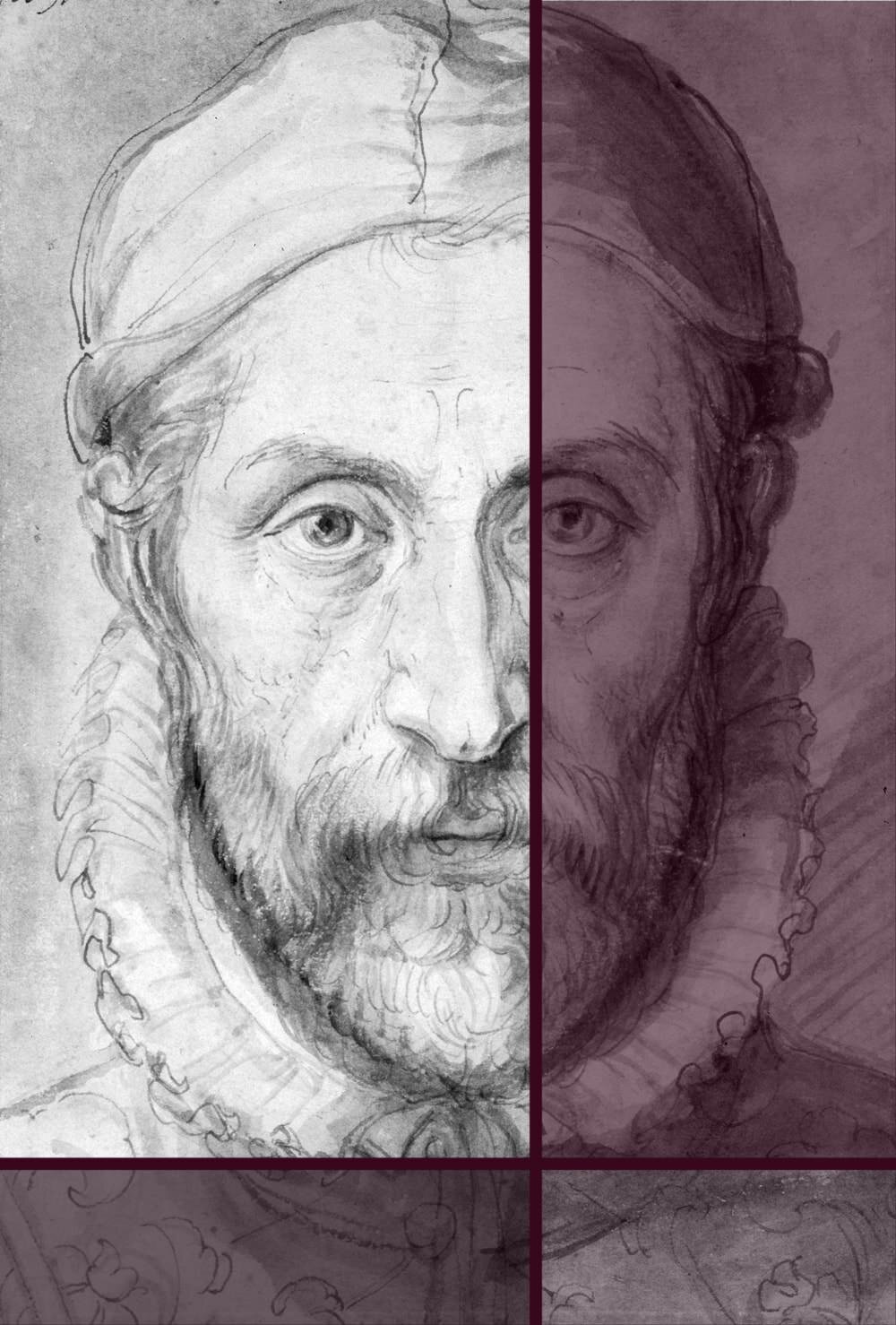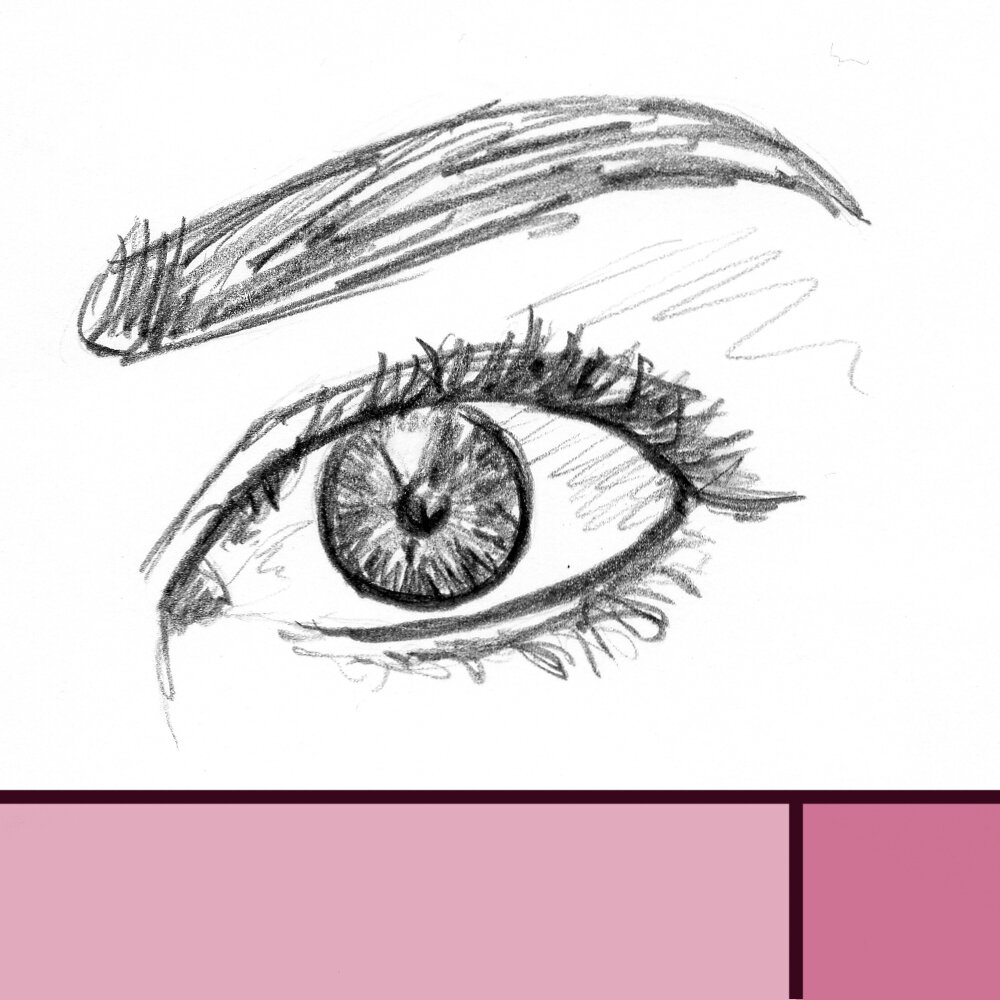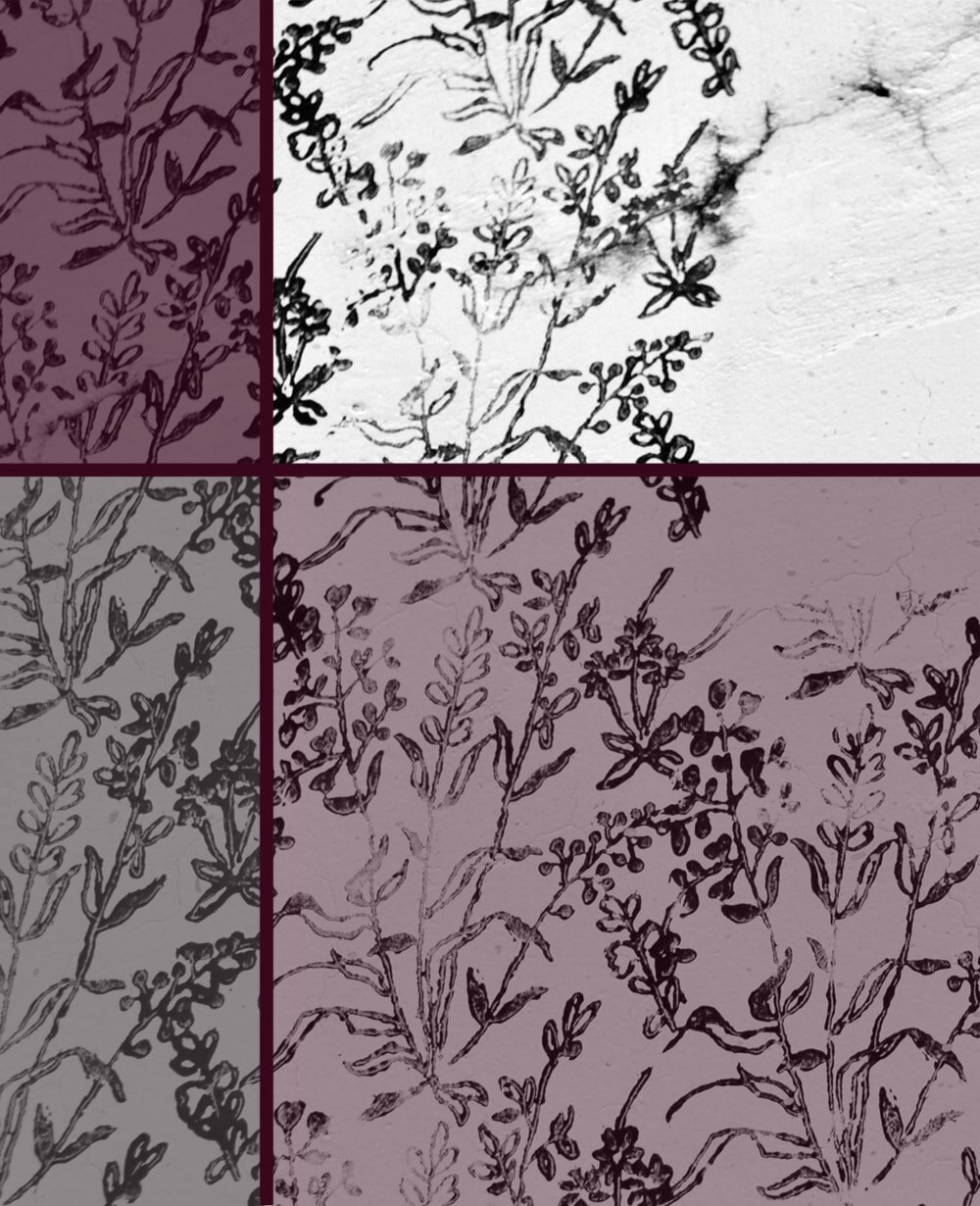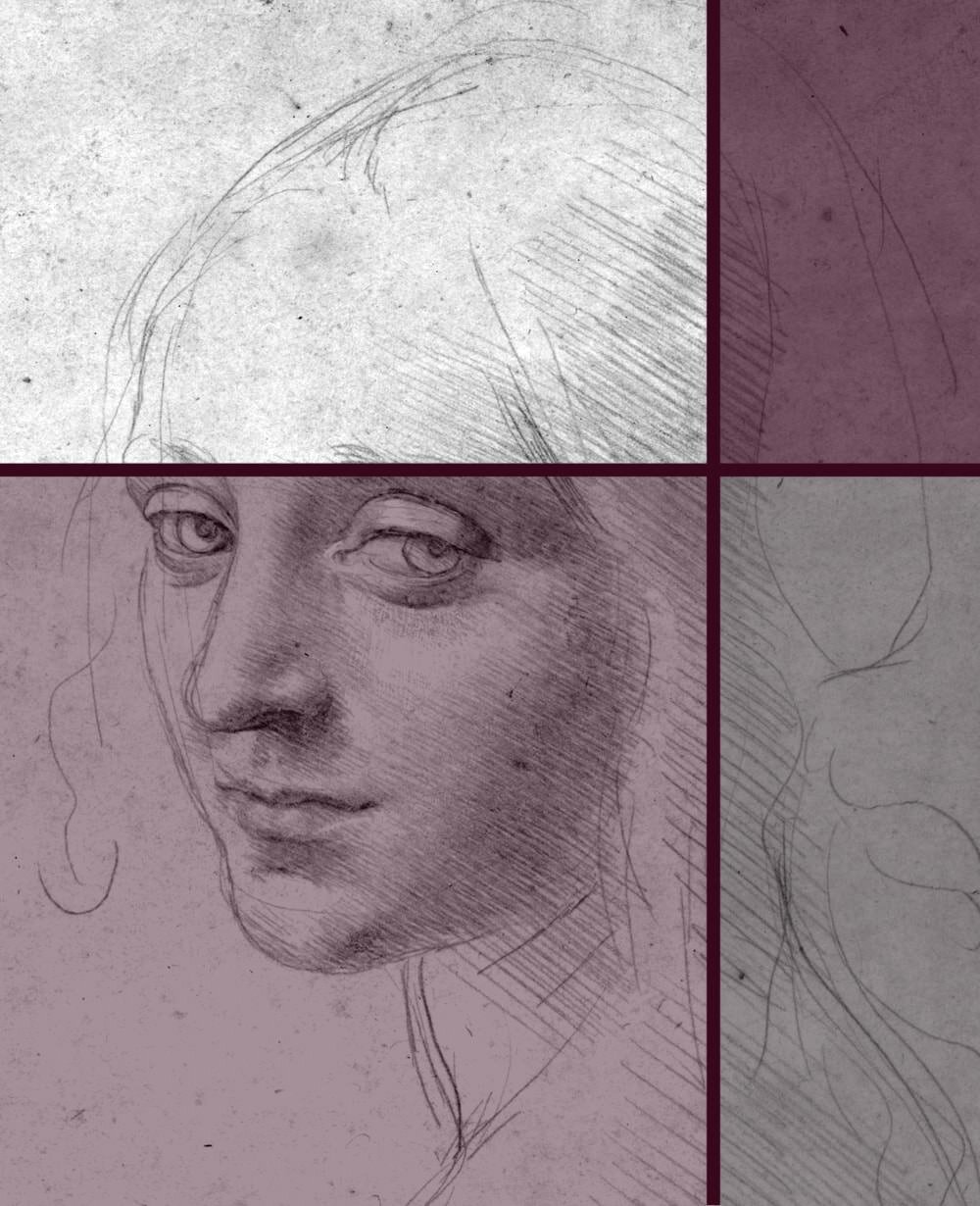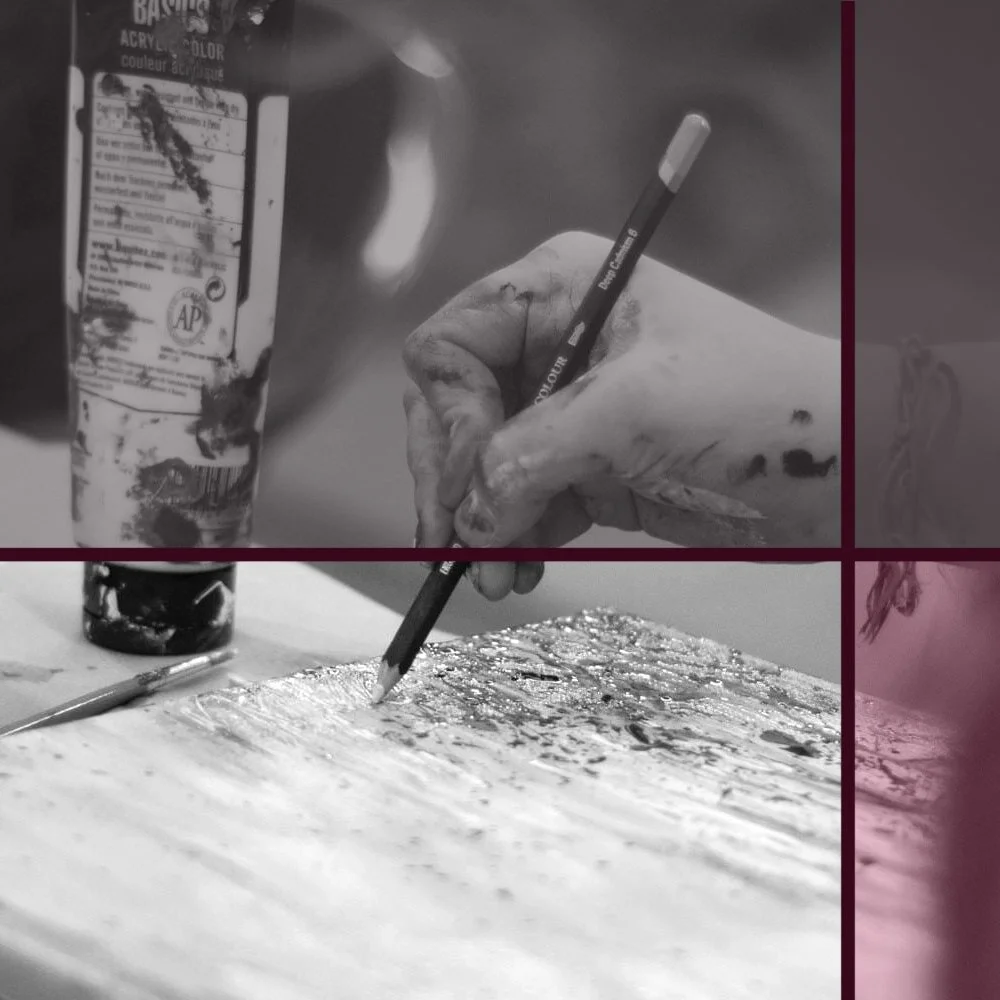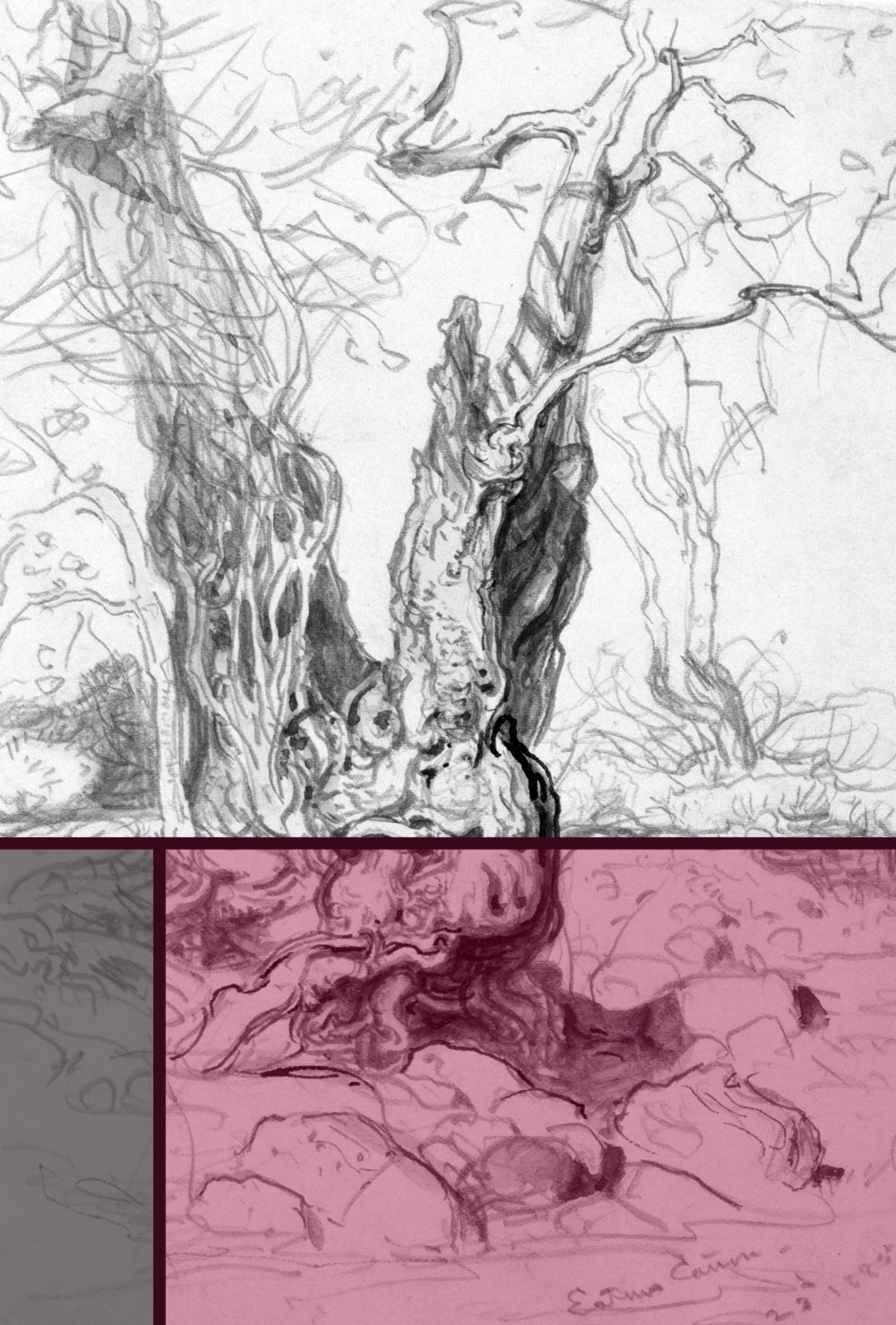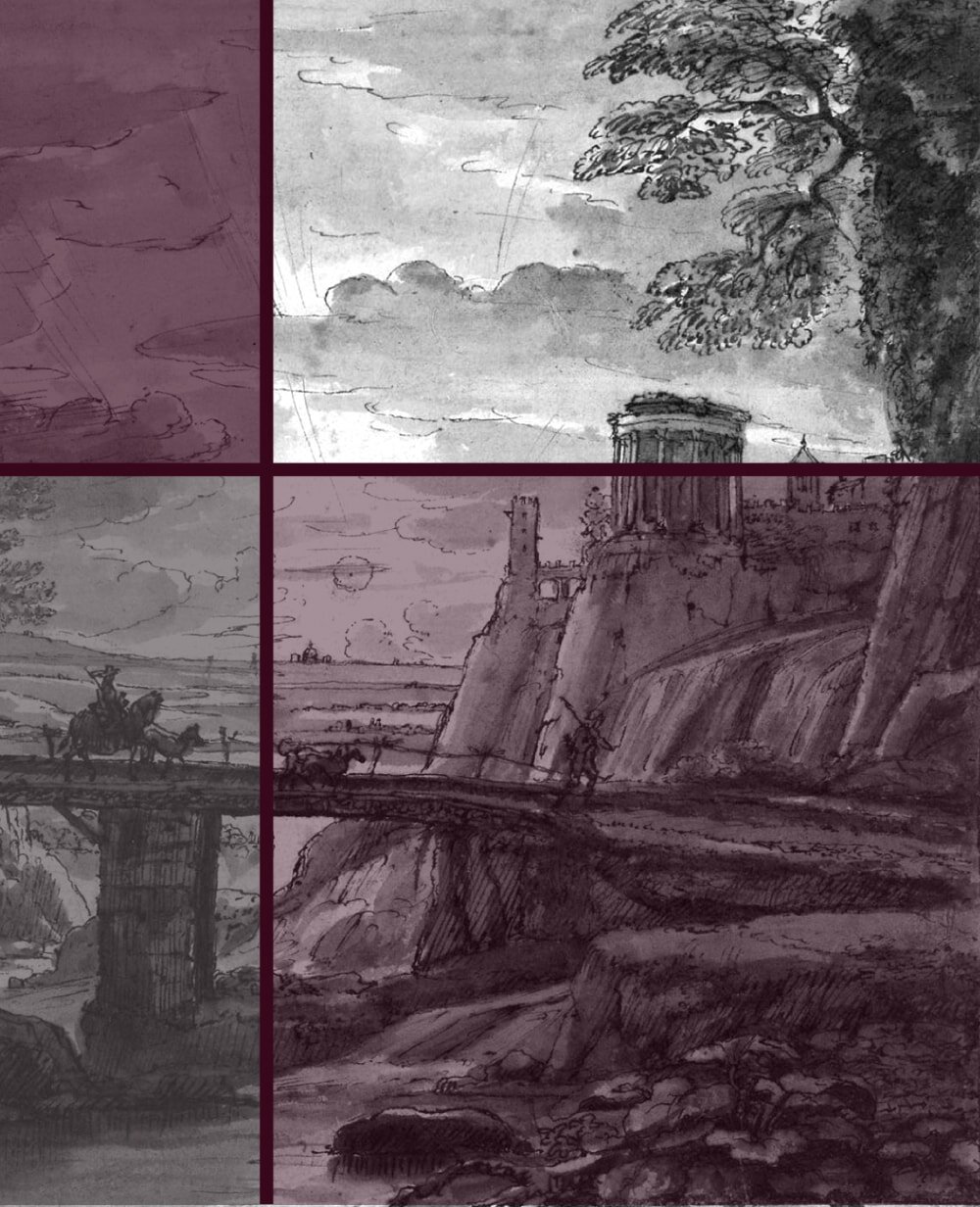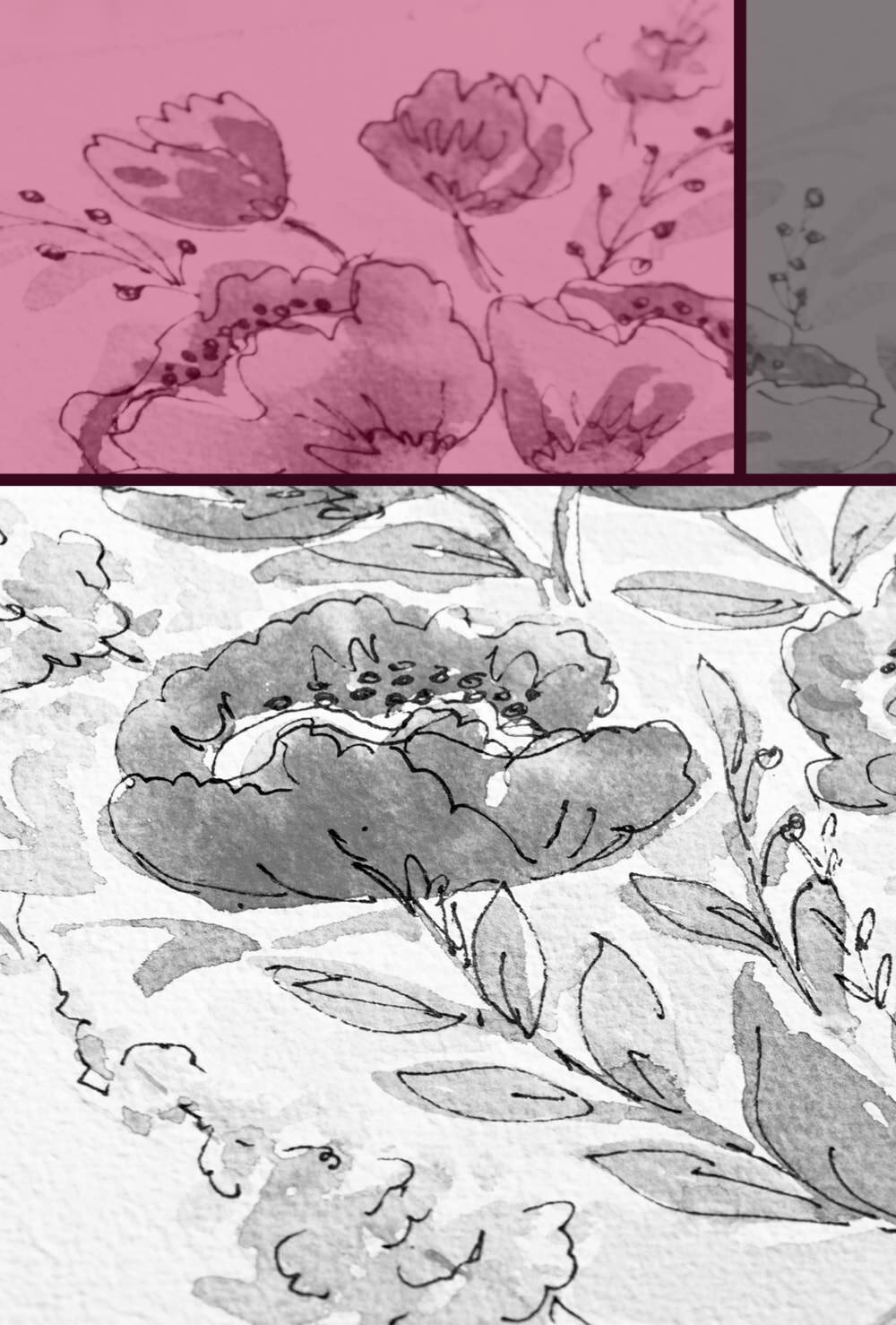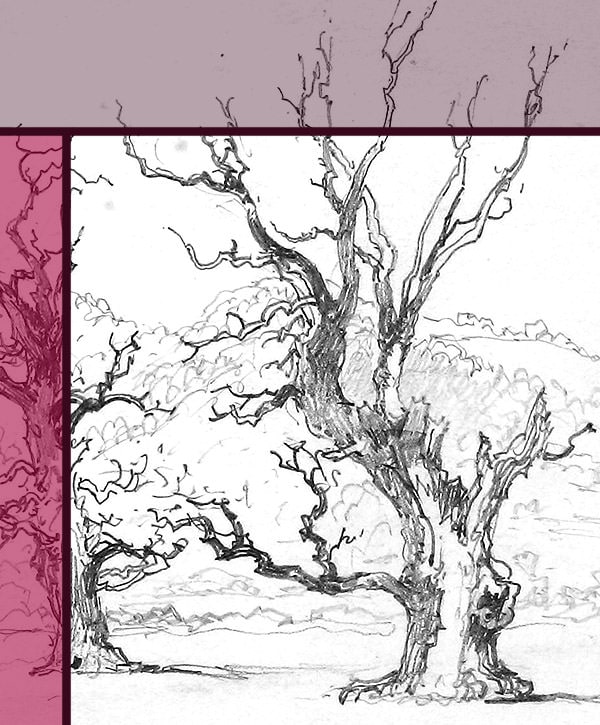8 unique Drawing Styles to try out this Week
You know that old saying about only finding out what you do and don’t like if you try it? Let’s put it to the test this week.
You might focus on one particular type of drawing in your everyday practice, but it’s always, always beneficial for your art, as well as your mind, to try out something new every now and then. Stagnation is the death of creativity.
1 Cross-contour
Cross-contour drawing example by Sarah via Flickr
Cross contour is a fabulous way of creating the illusion of three dimensions on a two-dimensional sheet of paper. It’s a popular and long-established drawing exercise taught in every art school I’ve ever set foot in.
But it’s also a style in its own right, that can be hugely charming and make for very interesting pieces of art. However, it is not as simple as it may look.
In order to learn it and reap the benefits I find it easiest to draw the outlines of the subject first, be it an apple (the most common way to learn the principle), a tree branch or an animal.
Once done, imagine the surface of your subject covered with wires, as if a frame. Think of the longitude and latitude lines on a globe to visualise what I mean, or your Papier-mâché practice at school.
The goal is to build a three-dimensional view simply by using a combination of curved lines to create the illusion of depth, rather than using any of our usual shading tricks. Remember that the space between contours won’t be the same everywhere, it depends on the perspective.
My fellow bloggers at ArtTutor have a post dedicated to learning the skill, with a video and a worksheet.
2 Stippling
Pineapple dot stipple by Elizabeth Hudy via Flickr
Stippling is the art of creating lines and shading by using a multitude of small dots (of the same or different colours). It’s been around for hundreds of years but isn’t quite as popular today as it used to be.
It’s really quite simple: the more dots in a certain area and the closer together they are, the darker the shading, due to the human eye accepting the illusion as a fact, so to speak.
It does however take quite a while to get darker areas done and you’ll want to be careful not to overdo it, as you still want the dots to be visible at close inspection, rather than accidentally creating a completely uniform shape.
If you’re a member of study.com they have a lesson on how to stipple available, or you can check out this book on the topic.
3 One-line drawing
This is one of my personal favourites, because it is almost impossible with this technique to produce anything that doesn’t look absolutely fantastic.
The general principle is that you draw your subject, be it a portrait, object or landscape, with one continuous line. Meaning, from the moment your pencil touches the paper it should not be lifted until you’ve completed the work.
The reason this is such a common and useful drawing practice is that it forces you work at speed, especially if you try it with pen, as it’ll bleed if you pause for too long.
It also helps you work out the basic features and lines that make up your subject. Since there’s no shading and limited possibility for detail you’ll learn to grasp what makes your object recognisable quite fast.
To try it out you can follow the instructions in my article 5 simple Drawing Exercises.
4 Quick sketches
Quick sketches of animal’s winter quarters.
This is an absolutely essential practice for anyone who wishes to improve their drawing skills, for sure.
The goal is to draw something fast, often much faster than you’re used to, so as to recognise and catch the most important features of something, anywhere between a few seconds and a couple of minutes, depending on the subject.
If you do practice this regularly, ideally daily, you’ll soon realise that it gives you the opportunity to catch more fleeting views in your sketchbook, such as passers-by on the street or animals that might be there one minute and gone the next.
Really, the faster you can draw, the more you can catch and immortalise of the world.
It’ll teach you speed, but also accuracy, though it might take you a while to get used to it and improve. Some of us find drawing fast more difficult than others.
In time, as you get better and your lines surer, you might realise that the sketches you produce this way turn out to be cherished works of art, rather than simple practice to be thrown out the next day.
5 Scribble art
Example of Scribble Art by Vince Low
Ah, I do so love a good scribble drawing! This technique makes for vastly fascinating, vibrant pieces that seem to move on the paper. By no means is your choice of subject restricted to things that move in real life, even a simple portrait in this style can be absolutely captivating.
The general technique sounds simple but requires quite a lot of practice to get it to look effortlessly unintentional, rather than chaotic and messy.
Basically, what you do with this technique is to draw with similar pencil movements as if you were writing, but without making any actual letters.
You can use small movements for more detailed areas and wider ones for the ‘big picture’, the general gesture. Your lines may be dark and harsh or light and subtle.
It’s usually a relatively speedy style, and it can feel very odd at first if you’re not used to it. I find it helps if you warm up really well beforehand, so your pencil movements can flow more freely. The Artists Network has a little tutorial on scribble art.
6 Minimalist drawing
Example of drawing simplification of a tiger
Being able to recognise the most important, distinguishing features of a subject has been around since the dawn of art, quite literally.
It used to be an absolutely crucial skill, in fact, as conveying a meaning through a drawing used to be limited not only by skill but also by the materials available.
Indeed, cave drawings were exactly that, a minimalist rendering of these people’s everyday lives, showing themselves as well as animals and objects, with limited lines and colours.
Today of course we have all the time we want, the best materials and ever so many possibilities to acquire the necessary skill. In drawing as in life we can have things as varied and complex as we like.
And yet, minimalism, not just in drawing, is making a comeback. Why? Because sometimes it takes more skill to know what to leave out than to just add everything.
As explained in my post How to Simplify your Drawings it’s a tricky art style to perfect, but it’s also such a beautiful one.
7 Caricature
A caricature drawing is another one of those techniques that sound super simple, but really aren’t. Well, we’re always up for a challenge!
Essentially, the goal of this form of art is to render your subject, usually a person, in a simple way but by exaggerating distinctive features.
For some that might be a large nose, that’ll turn into a huge one in your drawing, or slightly protruding ears that’ll stick out in a more extreme form in your work.
Sometimes it can be a little difficult to select features, especially with very smooth and symmetrical faces, but there’s always something that can be used and exaggerated.
Practicing caricature will help you understand the ‘essence’ of your subject better, see what distinguishes it and what makes it recognisable. Then you use this knowledge to basically go overboard with it. It can be a lot of fun, too!
If you have trouble with the concept, it often helps to start with a more truthful drawing of your subject in very thin lines, then enhance, reduce and move features around, bit by bit.
Here’s a little article with some pointers if you’d like to give this style a go today, and there’s also a book as well.
8 3D drawing
Illusion art by Ramon Bruin via My Modern Met.
There’s realistic drawing and then there’s 3D drawing. It’s honestly one of the coolest styles out there and never fails to entertain. Who doesn’t love a fun little optical illusion to trick the eye and amuse the mind?
Perspective drawing to create depth has been employed and developed since Roman times and was used in abundance during the Renaissance.
It lets you draw pretty much anything in a way that it seemingly moves off the flat surface into a three-dimensional form. All of it an illusion, of course. There’s a great book called The Art of 3D Drawing.
While the most popular works usually include complex subjects and colours, you can practice quite easily with simple shapes in pencil only.
Did you enjoy this article or feel like you have anything else to add? Feel free to leave me a comment below!
If you like this post, please share it, so others may like it too!

